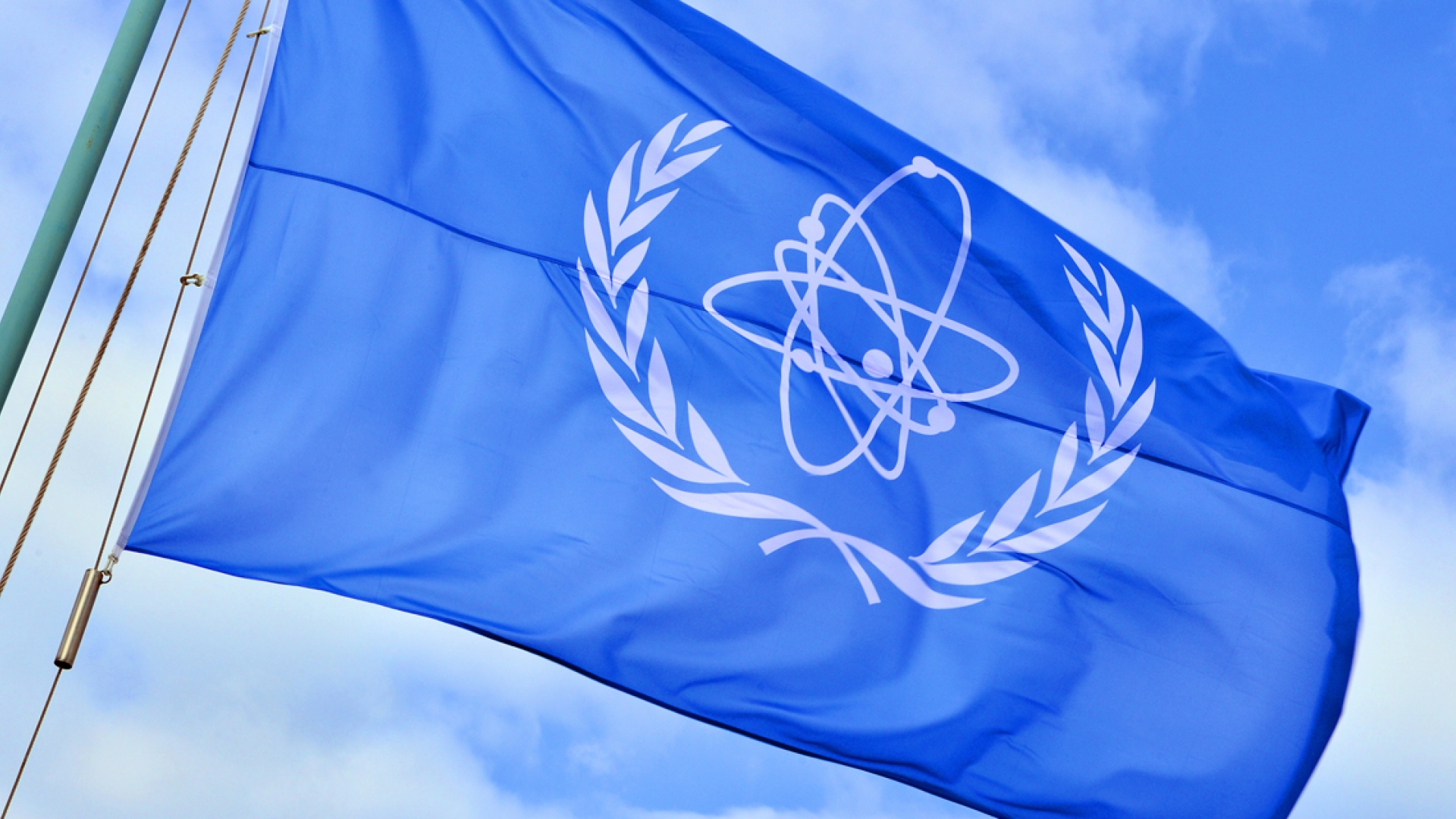Update 316 – IAEA Director General Statement on Situation in Ukraine
A drone was downed and detonated approximately 800 metres from the perimeter of Ukraine’s South Ukraine Nuclear Power Plant overnight, in the latest close call underlining constant dangers to nuclear safety during the military conflict, Director General Rafael Mariano Grossi said after receiving information about the incident from the IAEA team at the site.
The team was informed by the plant that 22 unmanned aerial vehicles were observed late last night and early this morning within its monitoring zone, some coming as close as half a kilometre from the site. South Ukraine is one of the country’s three operational nuclear power plants (NPPs), its three reactors currently generating electricity at full capacity.
From their accommodation near the plant, IAEA team members heard gunfire and explosions around 01:00 am local time and today they visited the location where one of the drones had come down, observing a crater measuring four square metres at the surface and with a depth of around one metre.
Nearby metal structures had been hit by shrapnel and the windows of vehicles close to the impact area were shattered, the team reported. A 150 kilovolt (kV) regional power line was also damaged, the plant said, though it was not connected to the NPP and there was no direct impact on nuclear safety and security. There were also no reports of casualties.
“Once again drones are flying far too close to nuclear power plants, putting nuclear safety at risk. Fortunately, last night’s incident did not result in any damage to the South Ukraine Nuclear Power Plant itself. Next time we may not be so lucky. I continue to urge both sides to show maximum military restraint around all important nuclear facilities,” Director General Grossi said.
Occurring only some 30 hours after Ukraine’s Zaporizhzhya Nuclear Power Plant (ZNPP) suffered its tenth complete loss of offsite power (LOOP) during the conflict, the latest drone incident made it clear that the nuclear safety and security situation remains extremely fragile while the conflict continues.
“For more than three and a half years, the IAEA has been doing everything in its power to help prevent a nuclear accident during this devastating war. We will only be able to say that our mission was successful if the war ends without a serious nuclear accident. Our indispensable work is far from finished,” Director General Grossi said.
The ZNPP has now been without external power for more than 48 hours, making it the longest of the plant’s ten complete LOOP events. It is currently relying on emergency diesel generators for the electricity it needs to cool its six shutdown reactors and other essential nuclear safety and security functions.
For more than four months, the ZNPP had been dependent on a single power line for offsite power, compared with ten lines before the conflict. This sole remaining power line was damaged around 1.5 kilometers from the ZNPP due to military activities and disconnected at 4:56 pm on Tuesday, according to information from the plant. The IAEA team based at the ZNPP has not yet been able to visit the damaged line due to the military situation.
The ZNPP also said it has the necessary spare parts and personnel to repair the line once the military situation permits. Ukraine has informed the Agency that it is also prepared to repair damages to a backup power line, when the military situation permits.
Immediately after Tuesday’s disconnection of the 750 kV line, the site’s 18 available emergency diesel generators started operating. As during previous such events, the ZNPP gradually reduced the number to only those needed to generate essential power for the site – currently seven – to help save diesel fuel. The ZNPP has previously informed the IAEA that it has fuel reserves for almost 20 days operation of its emergency diesel generators. The plant regularly receives supplies of diesel fuel to maintain its inventory.
Radiation monitoring stations positioned on as well as outside the ZNPP site showed that all radiation levels remained normal. In addition, the IAEA team today carried out independent monitoring within the site perimeter, which confirmed these results.
The Agency has continued with equipment deliveries under the other components of its comprehensive programme of assistance to Ukraine.
Recently, the Central Geophysical Observatory of the Hydrometeorological Centre and the hydrometeorological organizations of the State Emergency Service of Ukraine received equipment to enhance their analytical capacity, while the Khmelnytskyy NPP received thermal protective suits to strengthen its fire-fighting capabilities.
The Chornobyl site received office furniture to help ensure better working conditions for staff and the State Enterprise USIE Izotop – involved in the management of radioactive material intended for medical, industrial and other purposes – received vehicles for the transport of radioactive sources.
These deliveries – supported with funding from Austria, the Czech Republic, Germany, Italy, Republic of Korea and Sweden – brought the number of deliveries since the start of the armed conflict to 157, totalling approximately 20 million Euros worth of equipment and other supplies.
